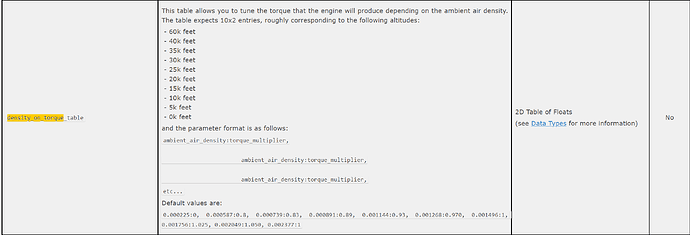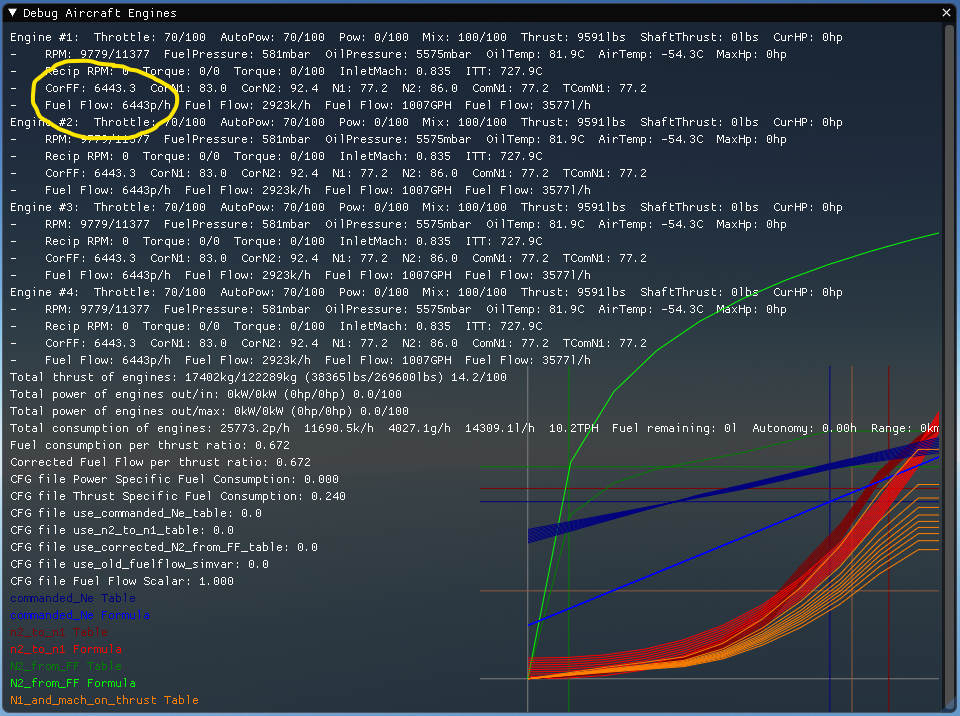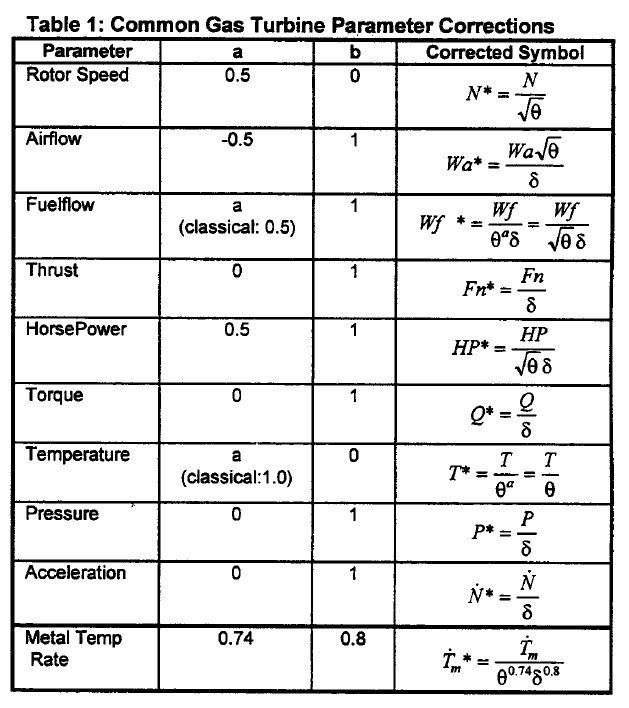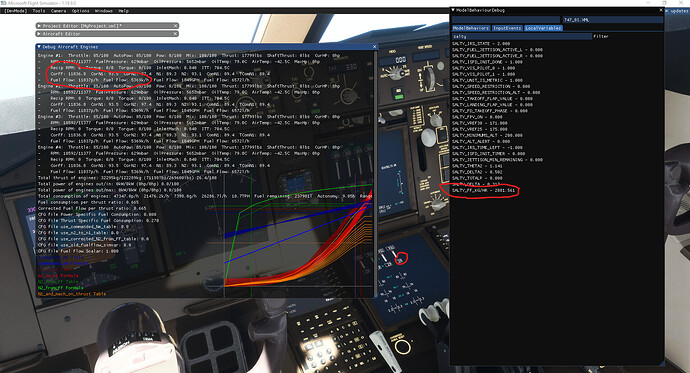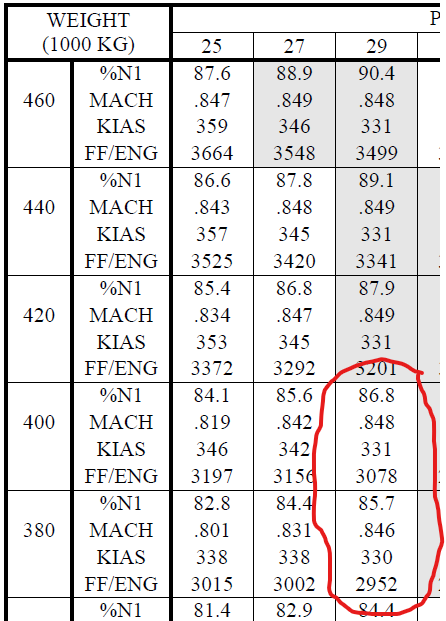On our aircrafts, fuel consumption and fuel flow on jet engines seem not to
behave correctly. In detail, the fuel flow does not seem to change with
altitude and mach number, resulting in incorrect fuel consumption if compared
to the real world flight manual and incorrect aircraft range. Could you share
the full jet engine model equations you are using for MSFS?
or allow us to modify/change them…
Hello @Indiafoxtecho Here’s some information about the turbine fuel flow
formulas If “use_old_fuelflow_simvar” is set to 1.0, then we use the classic
FSX formula to calculate the base_FF: base_FF = [jet thrust] *
[ThrustSpecificFuelConsumption] If “use_old_fuelflow_simvar” is set to 0.0,
then we use the modern FM formula to calculate the base_FF: base_FF =
inverse lookup of [corrected_n2_from_ff_table] THEN, in all cases, the
final_FF is scaled using the density_on_ff_table: final_FF = base_FF *
[density_on_ff_table] If you enter a density_on_ff_table, you will be able
to change the ff based on air density. (Checkout the default turboprop
turbines to see an example of density_on_ff_table) The density_on_ff_table
parameter isn’t shown in the doc at the moment. That’s part of what @Nocturne
plans to update. Regards, Sylvain
It would be great if you could provide all the equations used by the sim to
calculate thrust from the configuration file parameters.
Thanks. This explains the density_on_ff_table. It maps air density in
slug/ft^3 to a fuel flow factor. (See for instance
http://www.luizmonteiro.com/StdAtm.aspx for a nice page that calculates
various atmospheric values according to the US Standard Atmosphere model.
Input air density 0.000225 slug/ft^3 (which is what the density_on_ff_table
starts with) and you will see that it corresponds to an altitude of 70,000 ft.
The 0.002378 that the table ends with corresponds to sea level.) But what
about the density_on_torque_table table? What does that map air density
to? A torque factor? Is that factor directly used for thrust, too?
Hello. This is being documented atm. Here’s a preview of the doc about this
table:
for turboprop aircraft so not sure if this is in the TURBINEENGINEDATA section
because of a mistake or because we have plans for future support. I’ll clarify
that. You can ignore that table for the moment. Regards, Sylvain
Thanks! Great to see documentation improving. (By the way, when this
documentation says that “the table expects 10x2 entries”, I guess that
should say that “it typically has 10x2 entries”?)
Yes, we mean up to 10x2 entries, default values will be kept otherwise.
Hello @FlyingRaccoon, I have noticed a big problem with the fuel flow using
the modern FM formula: by doing an inverse lookup of the
corrected_n2_from_ff_table , the fuel flow calculated is not currently
corrected for altitude. Cf. the screenshot down below:
density_on_ff_table to the engines.cfg, but without any effect. This is
probably due to the fact that this is a jet and not a turboprop. Using the
old_fuel_flow_simvar = 1 , the FF gets scaled as the calculation is
based on thrust, which itself is scaled in the
n1_and_mach_on_thrust_table. I don’t think there is a need for a
specific table to scale the fuel flow and from the literature, fuel flow
should be scaled according to the following formula: final_FF = base_ff /
(Delta2 * Theta2^0.5), with Delta 2 being the total pressure ratio and
Theta2 being the total temperature ratio. Hopefully this can get corrected in
the upcoming SU6. ** __**
Hello. I see is your use_corrected_n2_from_ff_table parameter is set to 0.
If it doesn’t exist yet, add it to your TURBINEENGINEDATA section and set
it to one. For some reason, the density_on_ff_table entry seems to be used
only on turboprops. I’ll double check with devs if this is on purpose or not.
Regards, Sylvain
I have just tried, N1 is surging and not going beyond 56%. I have no thrust
anymore. The engine behaviour was spot on with this parameter set to 0, only
that the fuel flow does not get corrected. Here is a screenshot from a paper
showing how to calculate corrected parameters and why there is no need for a
specific table for density effect over fuel flow:
Hello, Since there is no news on this topic, I feel the need to insist that at
the moment, and as explained, the fuel flow calculated by the simulator is
wrong in any of the two cases listed by @FlyingRaccoon. In the case where
use_old_fuelflow_simvar = 1, the fuel flow is wrong by a factor of 1 /
sqrt(Theta2) and the density effect over the fuel flow is already applied
through the effect of density over thrust (the two being connected by the
TSFC). There is no need for an additional density_over_ff_table as it
would apply the density effect twice. In the other case, the fuel flow is
simply not scaled at all and the sea level fuel flow is used at all altitudes
and mach numbers. In that case, the fix is simple and consists in
multiplying the corrected fuel flow (determined by the corrected N2 from fuel
flow table) by a factor of Delta2 * sqrt(Theta2). In both cases, those
simple fixes would finally solve one of the most annoying bug of MSFS and its
predecessors: the impossibility to have consistent fuel flow over the
operating envelope. Thanks for taking this into account.
Hello again, As sometimes an example is better than words, here is a
screenshot showing what the simulator calculates as fuel flow in the engines
debug UI and what it would look like on the FF gauges if applying the
correction I mentioned in my comments above.
pretty close to FCOM published values.
FYI…Generalized fuel flow data provided by engine manufacturers to Boeing
are in the form: That is, they
That is, they
are generalized for the total pressure and total temperature ratios, with the
exponent on the total temperature ratio different for different engine models.
Another way to write it as a comparison to what you provided would be:
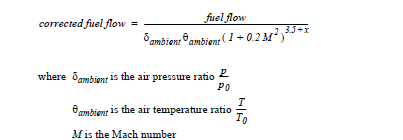
Thanks for the input, you have obviously more detailed information and more
knowledge on the subject than me. Obviously, I don’t have access to the
exponent, but I think 0.5 is a good enough approximation and it is certainly
better than not correcting the fuel flow at all, or badly in the case of the
old fuel flow simvar.
Hello. Your feedback was read by engine devs and they agreed on it so it’s
been added to the development backlog. Can’t tell when it will be implemented
as they’re very busy people but it will. Thanks you for your feedback ![]()
Regards, Sylvain
Hello! That is great great news, with the density table, close results can be
approximated nut this will allow for correct FF at all Mach and altitudes.
Thanks again for taking this into consideration!
